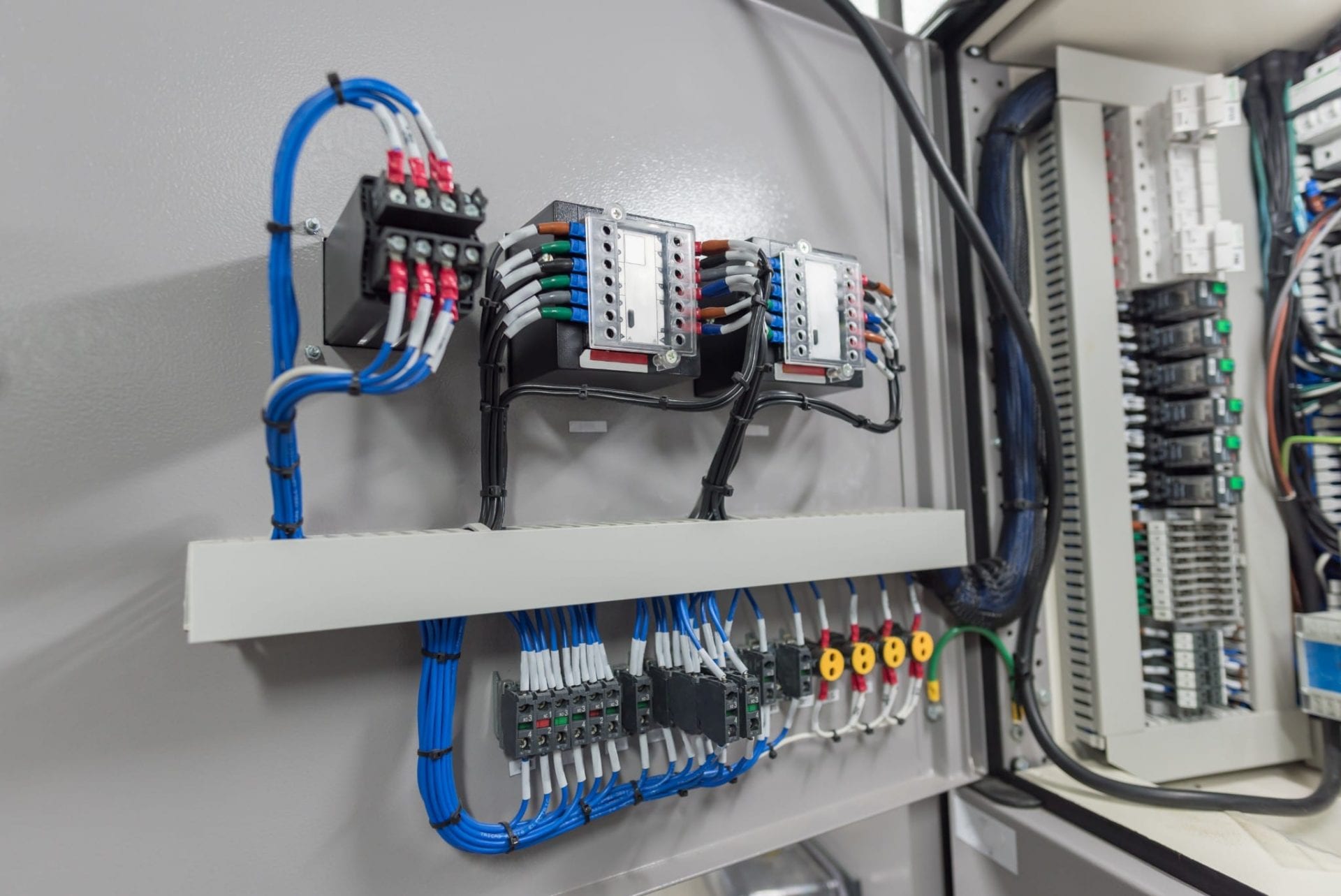An Amateur's Guide to Electrical Wiring: A Detailed Overview

The electrical wiring is an essential component of any home and understanding it is crucial for each homeowner. Not only is it helpful in ensuring the proper functioning of your home, but it is also essential to ensure your safety. In this article, we will go over the fundamentals of electrical wiring and the importance of safety and the advantages of employing an authorized residential electrician to handle all of your electrical wiring needs.
Understanding Electrical Wiring Basics
Wiring for electrical purposes is the network of electrical conductors that runs through your home, carrying electrical power to your appliances or devices as well as lighting fixtures. It works by forming electrical circuits which connect the power source and your appliances. Electrical circuits consist of wires, switches, and other electrical components that work to create a safe and efficient electrical system. There are different types of electrical wiring, such as aluminum, copper, and different types of wire insulation, like PVC paper, rubber, or.
Preparation and Planning for Electrical Wiring
When installing new electrical wiring, there are a variety of factors to consider, including the kind of wiring that you need, the capacity that your electric system can handle, and your power requirements. In addition, it is essential to be aware of electrical wire regulations as well as permits required in your locality. To be prepared your electrical wiring system, you must create an electrical plan, and then assess your electrical requirements. This will ensure that your electrical system is secure, efficient, and meets your power needs.
Materials and tools required for electrical wiring
When installing new electrical wiring it is important to have the right tools and materials available. Essential tools include strippers, wire cutters, pliers, as well as the voltage tester. Other items required to conduct electrical wiring comprise electrical tapes, wire nuts, conduit, as well as electrical box. It’s also useful to have a wiring diagram to guide you through the installation process.
Step-by-Step Instructions for Installation of Electrical Wiring
The installation of electrical wiring is a complex process however, with the right tools and expertise you can do it quickly and safely. Here’s a step-by step guide to installing electrical wiring at home:
Switch off the power in the area where you will be working.
Create a wiring plan and mark where the wire will be placed.
Install electrical boxes and conduit when needed.
Cut and strip the wires to the proper length.
Make sure you connect the cables to your devices or fixtures you are wiring.
Make sure the wires are secured by using wire nuts, electrical tape, or even conduit straps.
Test the wiring to ensure that it’s working properly.
During the installation process it is essential to follow wiring installation best techniques and guidelines. Be aware of the common mistakes that you should avoid while installing wiring, like wiring circuits that are too large, using wires that are damaged, and using the incorrect kind of wire to accomplish the task.
Troubleshooting Electrical Wiring Problems
Even with careful design as well as installation problems can arise. Common issues include wiring damages, circuit overloads, and electrical shorts. To troubleshoot these problems it is essential to know about typical electrical wiring problems and understand how to efficiently and safely tackle these issues. In addition, it is essential to follow the proper electrical safety protocols when attempting to solve electrical wiring problems, such as turning off the power and wearing safety gear.
Conclusion
Understanding the the electrical wiring inside your home is crucial for your safety as well as the effective operation of your electrical system. It is crucial to engage a licensed electrician to ensure your wiring is installed and maintained properly. We at Local Electrician Glenfield, we provide various electrical services, which include electrical wiring installation and repair. Reach out to Local Electrician Glenfield at 1300 610 481 for all of your electrical wiring needs.
Electrical Wiring FAQ
Here are some frequently asked questions about electrical wiring. They also include additional safety tips and the best practices for electrical wiring installation and repair:
What kind of wire should I use for my electrical wiring?
The type of wire you should use for electrical wiring is contingent on the particular requirements of your project and local building codes. It is crucial to select the right gauge for your wire, insulation type, and wire material to ensure the security and effectiveness for your wiring system.
Do I have to install my own electrical wiring?
Although it is possible to create an electrical wire yourself it is important to have the right skills and knowledge to do so effectively and safely. In the majority of cases it is recommended that you hire an authorized electrician to ensure that your wiring is installed and maintained properly.
How often do I need to be having my electrical wiring checked?
It is recommended to examine your electrical wiring every 10 years or whenever you notice indications of electrical issues, such as frequent trips to the circuit breaker or electrical shocks.
What do I do if discover electrical wiring issues in my home?
If you observe any electrical wiring issues within your home, such as flickering lighting or outlets that do not work, it’s crucial to address them immediately. Shut off power to the affected area and then contact a licensed electrician to evaluate and repair the problem.
By following these suggestions and best practices, you can ensure you have electrical connections that are safe and functioning in a safe manner. Remember to prioritize safety and seek out a licensed electrician in the event of a need. Reach out to Local Electrician Glenfield at 1300 610 481 for all your electrical wiring requirements.
